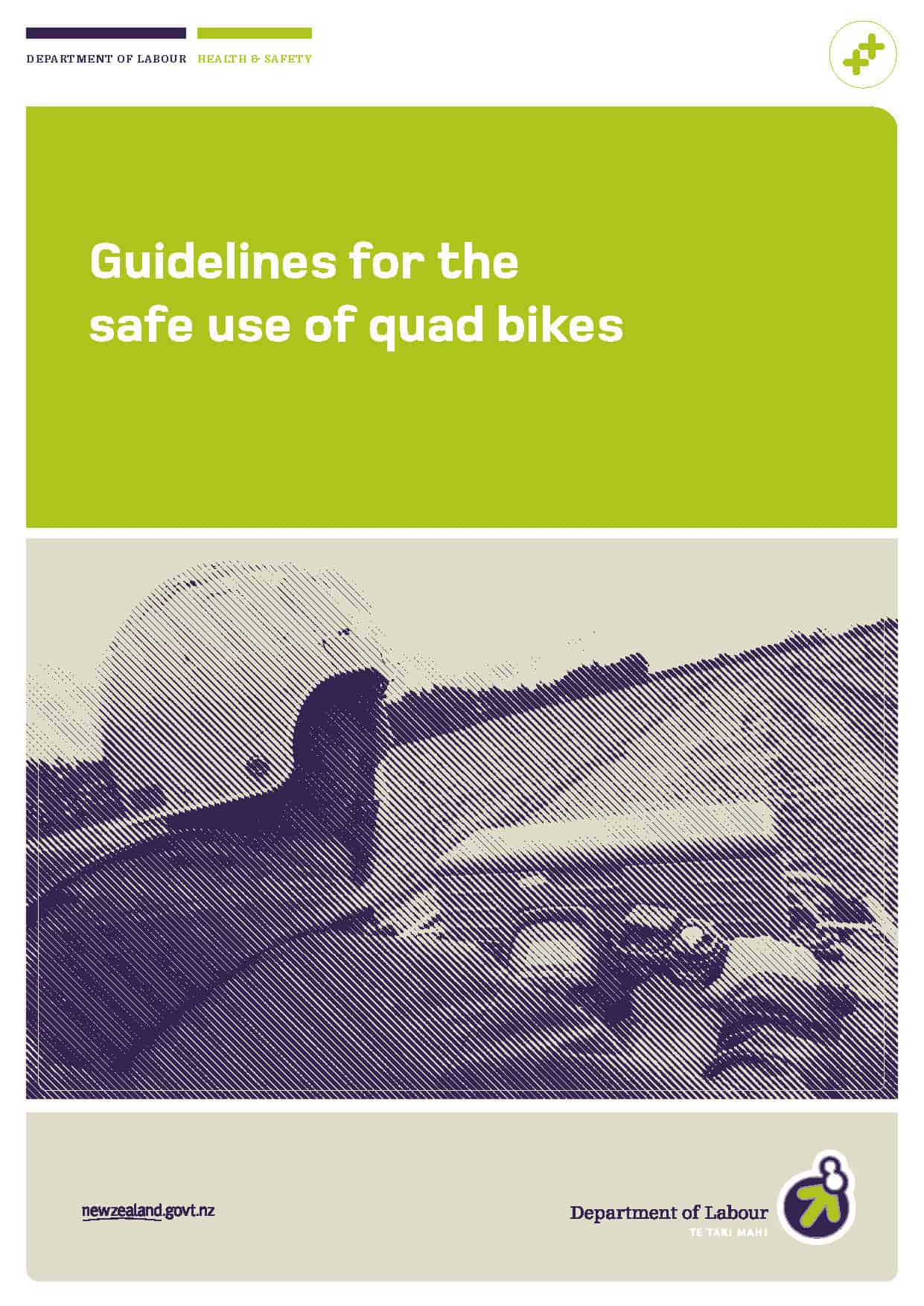In early 2010, Australia’s Heads of Workplace Safety Authorities (HWSA) established a trans-Tasman working party to look at the safety issues of quad bikes, often called all-terrain vehicles. The working group is in the final stages of its report and a major motorcycle industry representative has not liked the findings and has apparently withdrawn from the working group. A report on the increasing tensions was published in this week’s The Weekly Times. SafetyAtWorkBlog has been told that the quad bike industry representative has walked out in protest.
Let’s look at what HWSA said about the working group in May 2010:
“HWSA Chair, John Watson, said every farming fatality leads to immeasurable suffering in close-knit rural communities and these figures are not acceptable.“The working group is expected to deliver solutions to safety problems associated with use of quad bikes on farm properties and raise awareness of practical risk controls,…“The group will look at issues that include design, safety equipment, training and instruction, aftermarket accessories, safe use and point of sale,….“The joint program of work will be delivered through an Industry Solutions Program where industry and regulators work together to address high risk safety issues – an initiative that has successfully provided practical solutions to a number of issues across many industries.“The working group is focused on producing tangible and sustainable safety outcomes across the farming and agricultural industry where quad bikes are commonly used….”
“It is our objective that all quad bike users are well informed of the manufacturer’s recommendations in relation to the safe use of these vehicles…”
The sticking point in the working group was, according to The Weekly Times, that
“”…the committee was expected to back the recommendation to “consider fitting an anti-crush device”, the strongest position yet for roll-over protection.”


